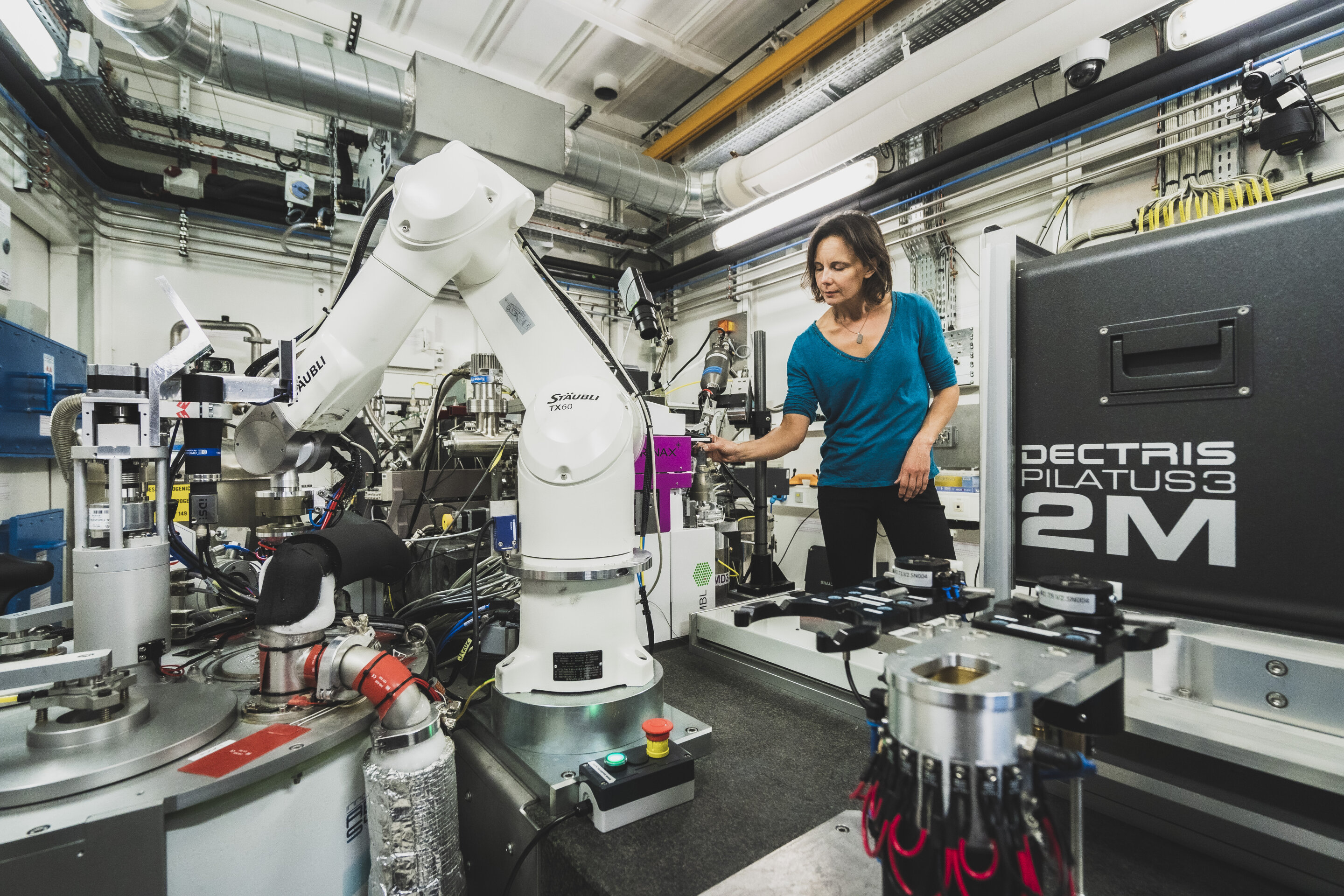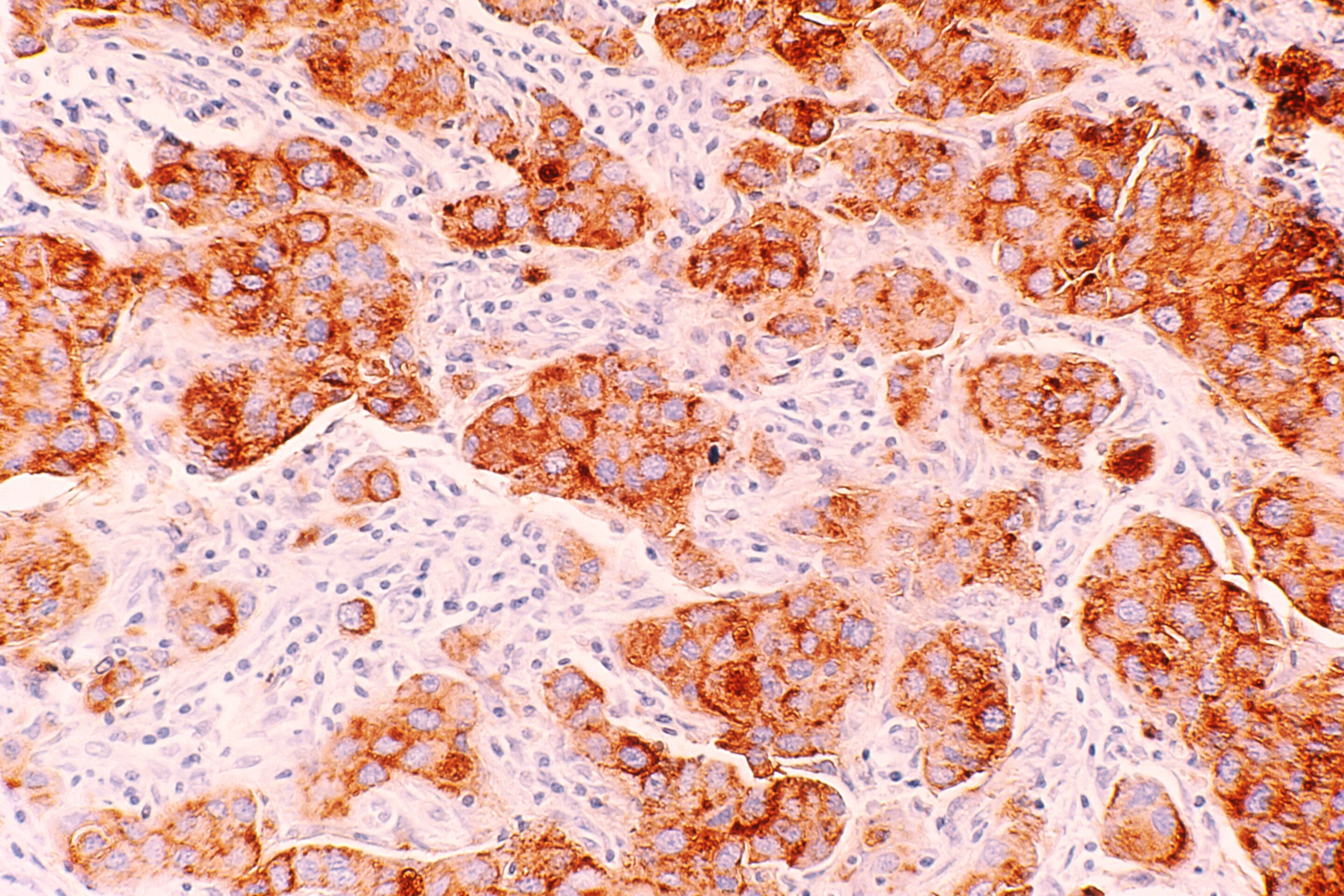#Examining why plants flower early in a warming world


Scientists have unveiled a new mechanism that plants use to sense temperature. This finding could lead to solutions to counteract some of the deleterious changes in plant growth, flowering and seed production due to climate change. The results are published today in PNAS.
The rise of temperatures worldwide due to climate change is having detrimental consequences for plants. They tend to flower earlier than before and rush through the reproductive process, which translates into less fruits and less seeds and reduced biomass.
Scientists are now working on the plants’ circadian clock, which determines their growth, metabolism and when they flower. The key thermosensor of the circadian clock is EARLY FLOWERING 3 (ELF3), a protein that plays a vital role in plant development. It integrates various environmental cues, such as light and temperature, with internal developmental signals, to regulate the expression of flowering genes and determine when plants grow and bloom.
A team from the CEA, ESRF and CNRS have determined the molecular mechanism of how ELF3 works in vitro and in the model plant Arabidopsis thaliana. As temperature rises, ELF3 undergoes a process called phase separation. This means that two liquid phases co-exist, in a similar way to oil and water.
“We believe that when it goes through phase separation, it sequesters different protein partners like transcription factors, which translates into faster growth and early flowering as a function of elevated temperature,” explains Chloe Zubieta, CNRS Research Director from the Laboratoire de Physiologie Cellulaire et Vegetale at the CEA Grenoble (CNRS/Univ. Grenoble Alpes/CEA/INRAE UMR 5168) and co-corresponding author of the publication.
“We are trying to understand the biophysics of the prion-like domain inside ELF3, which we think is the responsible for this phase separation.”
ELF3 is a flexible protein, with no well-defined structure, so it cannot be studied using X-ray crystallography, as it needs to be in solution. Instead, the team used mainly Small Angle X-ray Scattering. All existing models showed that the structure would be highly disordered. Then the surprise came up: “I’ve seen many prion-like domains involved in phase separation, but this is the first time I saw something fundamentally different,” explains Mark Tully, ESRF scientist on BM29 and co-corresponding author of the publication.
The experiments showed that the prion-like domain forms a higher order monodisperse oligomer, which is vital for phase separation. This oligomer appears to be a ball of about 30 copies of the protein and acts as a scaffold, which is likely necessary for it to interact with other proteins in the plant cell.
When the researchers increased the temperature, the spheres came together to form a liquid phase and then, over time, an ordered lamellar stack. Further experiments, using electron microscopy, atomic force microscopy and X-ray powder diffraction on beamline ID23-1, confirmed the results.
“If we manage to tune when phase separation occurs as a function of temperature, by mutating different amino acid residues, we could ultimately delay flowering of plants under warmer conditions, allowing them to establish more biomass and make more fruits and seeds,” explains Stephanie Hutin, a scientist at the CEA and first author of the paper.
“Therefore, the next step in this research will be to add a different form of the ELF3 gene to the model plant Arabidopsis thaliana, and to see what happens when we grow them at warm temperatures. If our model is correct, we could do the same in crop species that have trouble adapting to warmer conditions,” she concludes.
Stephanie Hutin et al, Phase separation and molecular ordering of the prion-like domain of the Arabidopsis thermosensory protein EARLY FLOWERING 3, Proceedings of the National Academy of Sciences (2023). DOI: 10.1073/pnas.2304714120
Citation:
Examining why plants flower early in a warming world (2023, July 10)
retrieved 10 July 2023
from https://phys.org/news/2023-07-early-world.html
This document is subject to copyright. Apart from any fair dealing for the purpose of private study or research, no
part may be reproduced without the written permission. The content is provided for information purposes only.
If you liked the article, do not forget to share it with your friends. Follow us on Google News too, click on the star and choose us from your favorites.
For forums sites go to Forum.BuradaBiliyorum.Com
If you want to read more Like this articles, you can visit our Science category.



